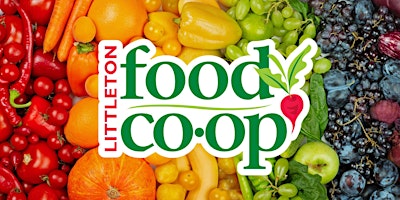There’s no question that we could all use a little comfort food these days, and one of the most popular items we carry is our handmade pot pies! Jose, our Deli Manager, makes these from scratch a few times a week, using fresh ingredients, savory homemade gravy, and buttery flaky hand-rolled crusts.
We put together some photos of how they’re made, and it’s sure to get your taste buds going!
Step 1: Good Gravy
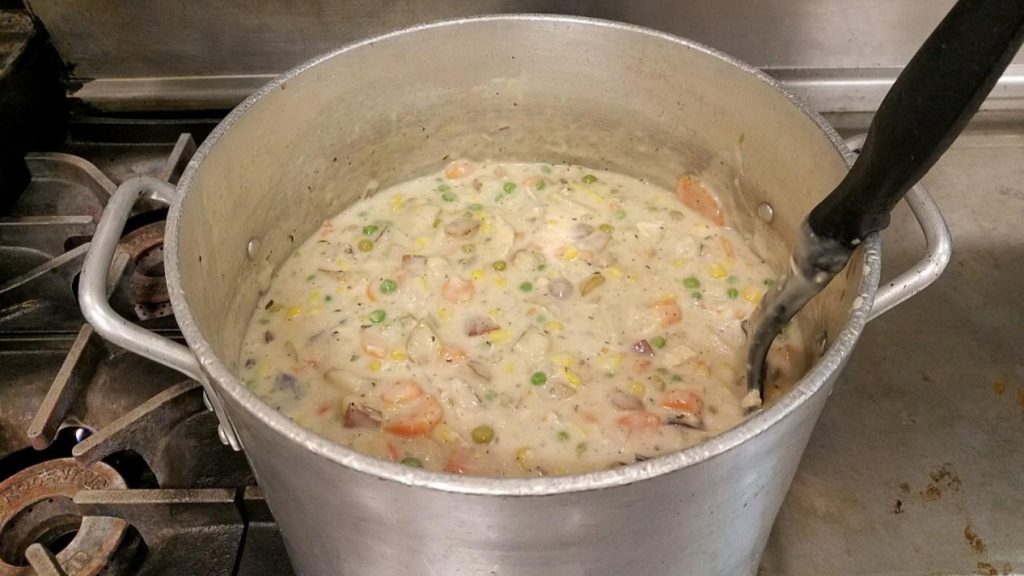
We start each batch of pies with homemade filling, including a creamy and savory gravy and a mix of veggies.
Step 2: Roast Chicken
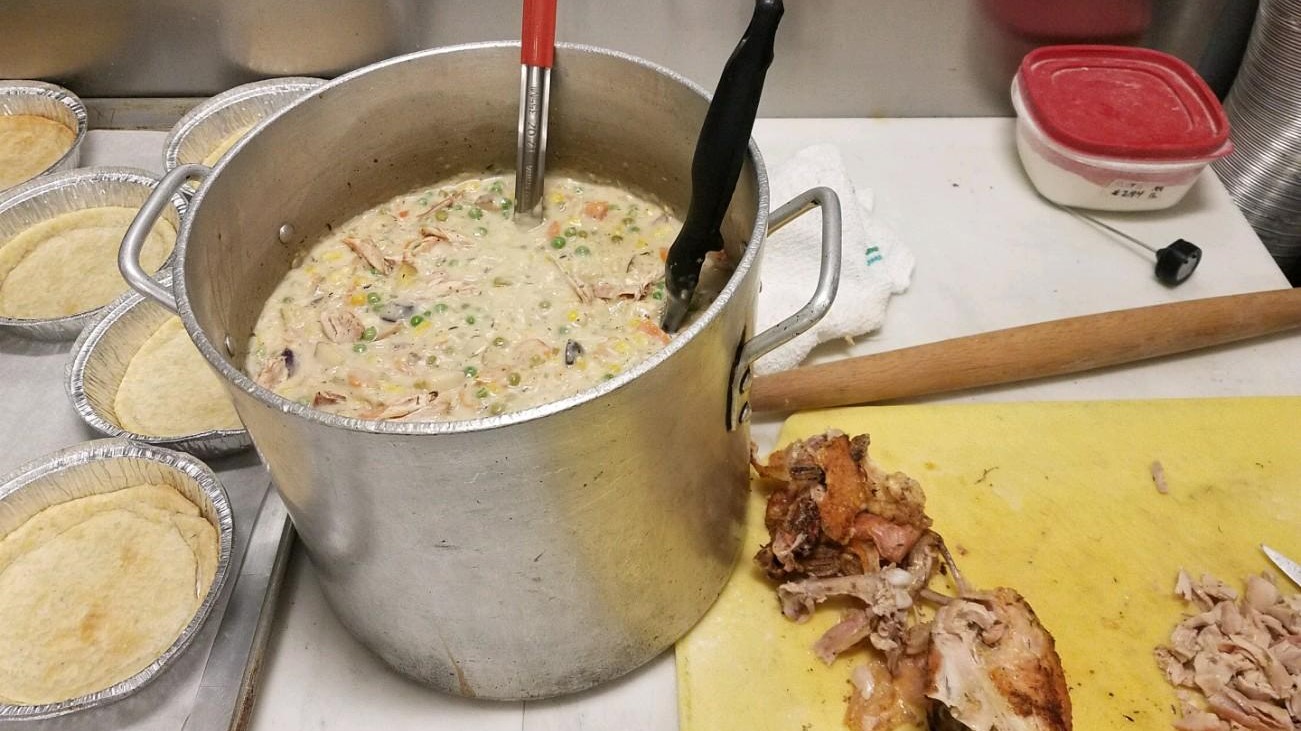
Next in the pot – finely chopped chunks of tender roasted chicken. We use Smart Chickens, which are hormone and additive free. Meanwhile we get the bottom crust ready, and then the filling goes in the pie dish.
Step 3: Hand-Rolled Pastry Crust
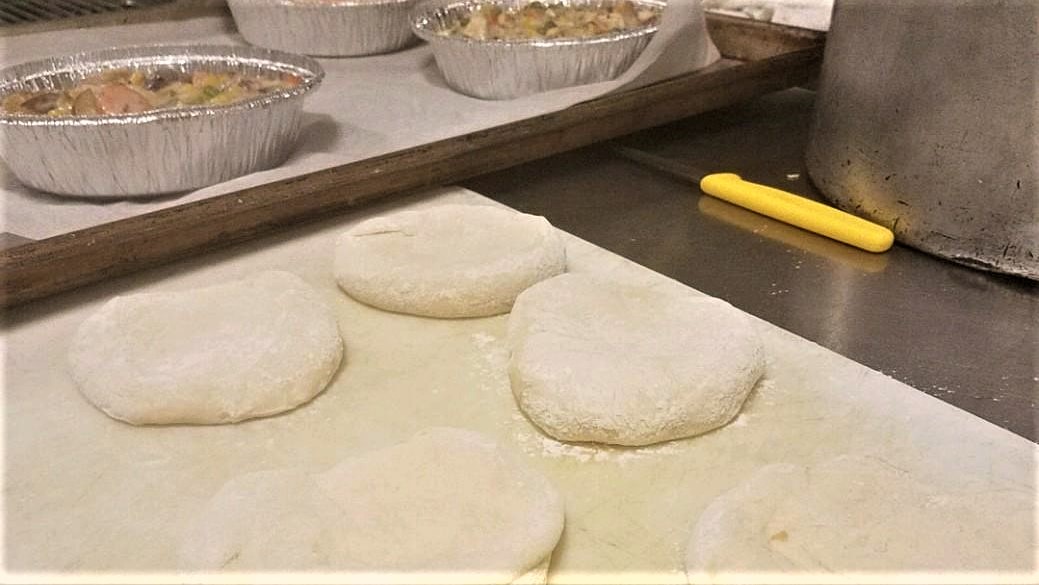
We could cut corners and use boring pre-made crust, but the secret to a good pie is hand-rolled pastry made from scratch, so that’s what we do!
Step 4: Seal in that Flavor
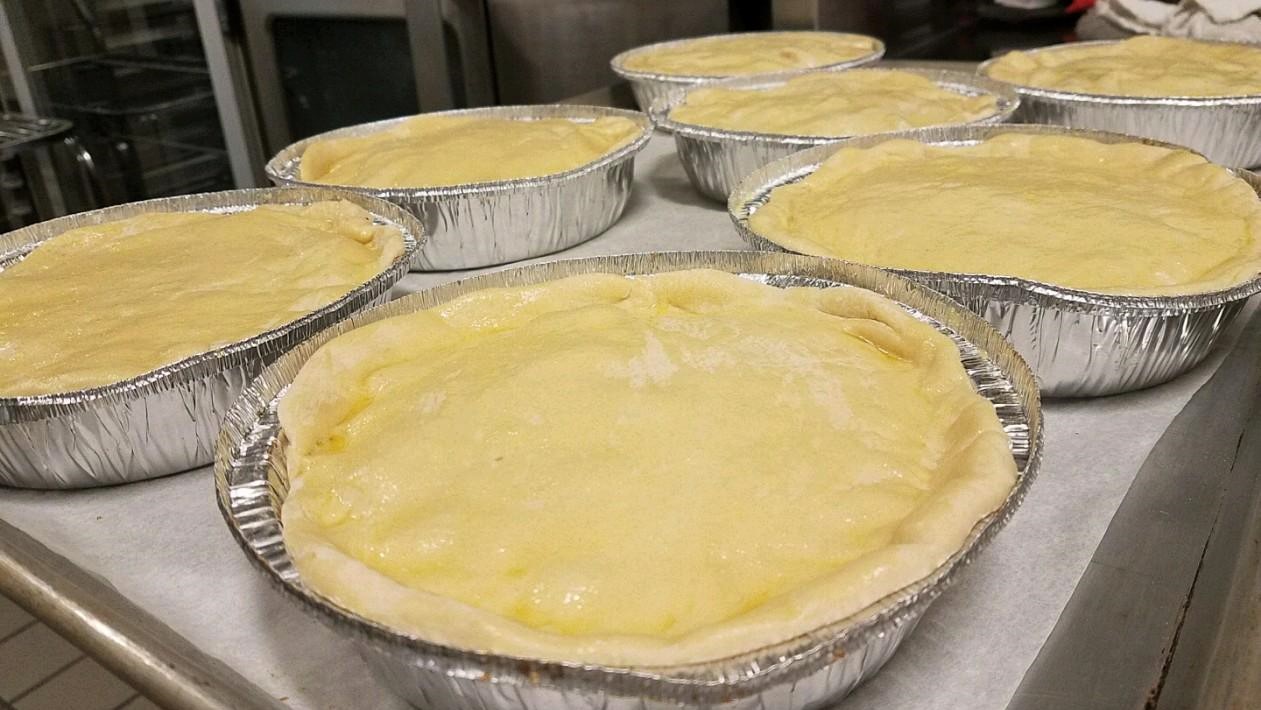
Each pot pie gets a perfectly rolled top crust, and a light egg wash to get it extra golden and delicious. Here are some pies about to go in the oven!
Step 5: Baked ’til Golden
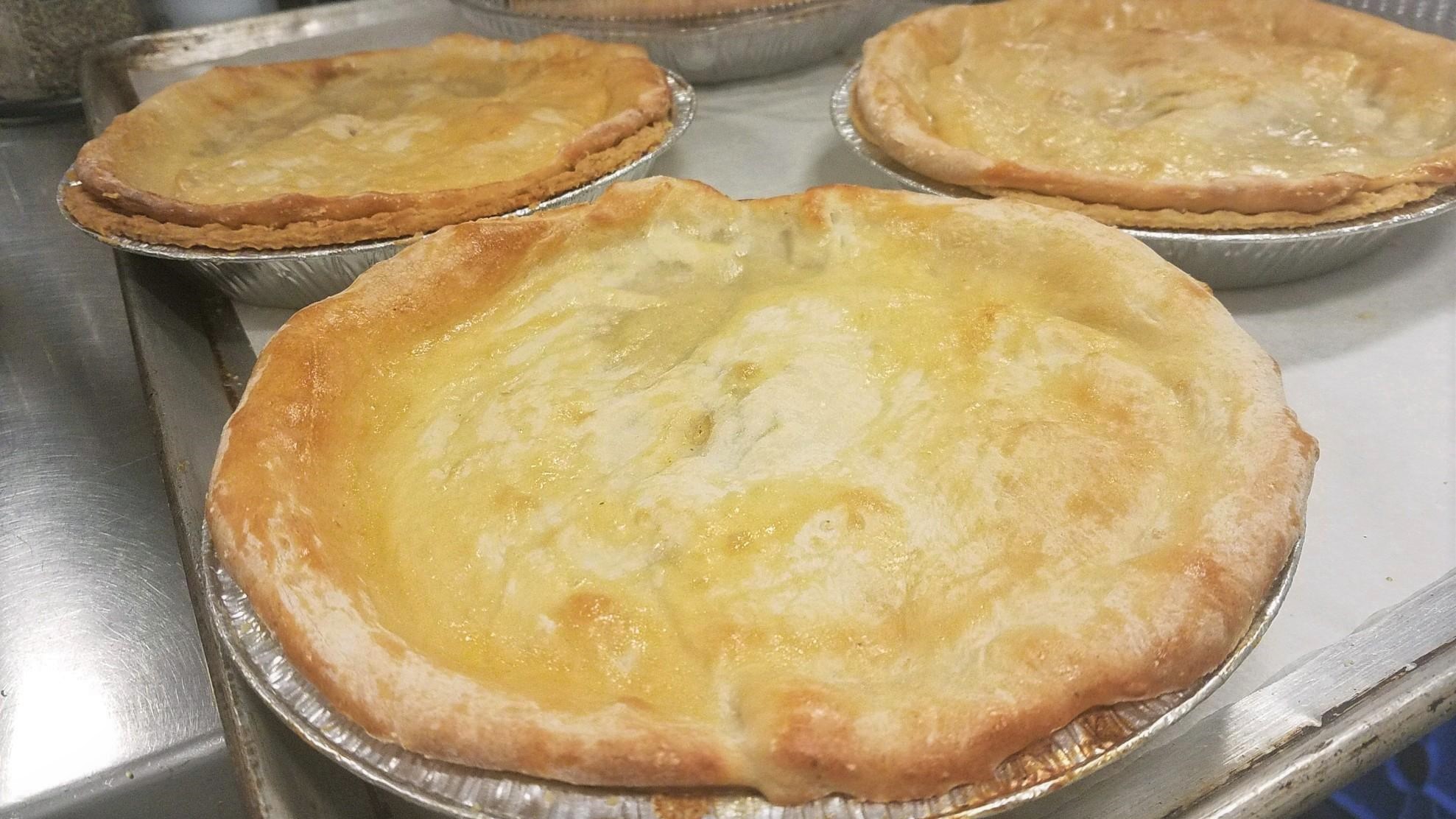
And here are the freshly baked pies, ready to get packed up and sold! Take one home and eat right away, refrigerate or freeze for later, or pop it in the oven for a few minutes to get it extra bubbly and warm.
Hope you enjoyed the behind the scenes peek in our kitchen!

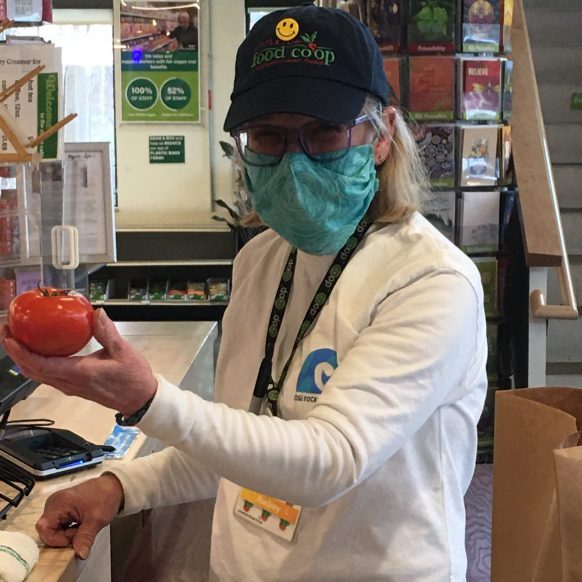






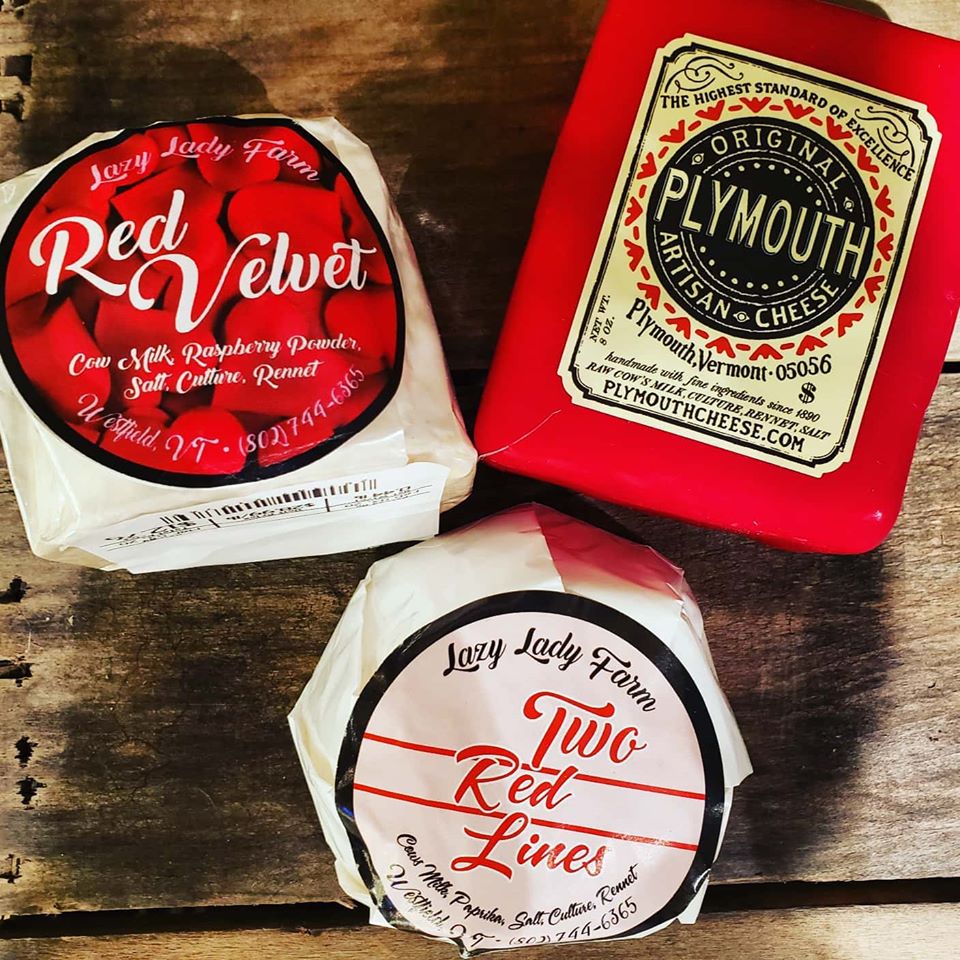

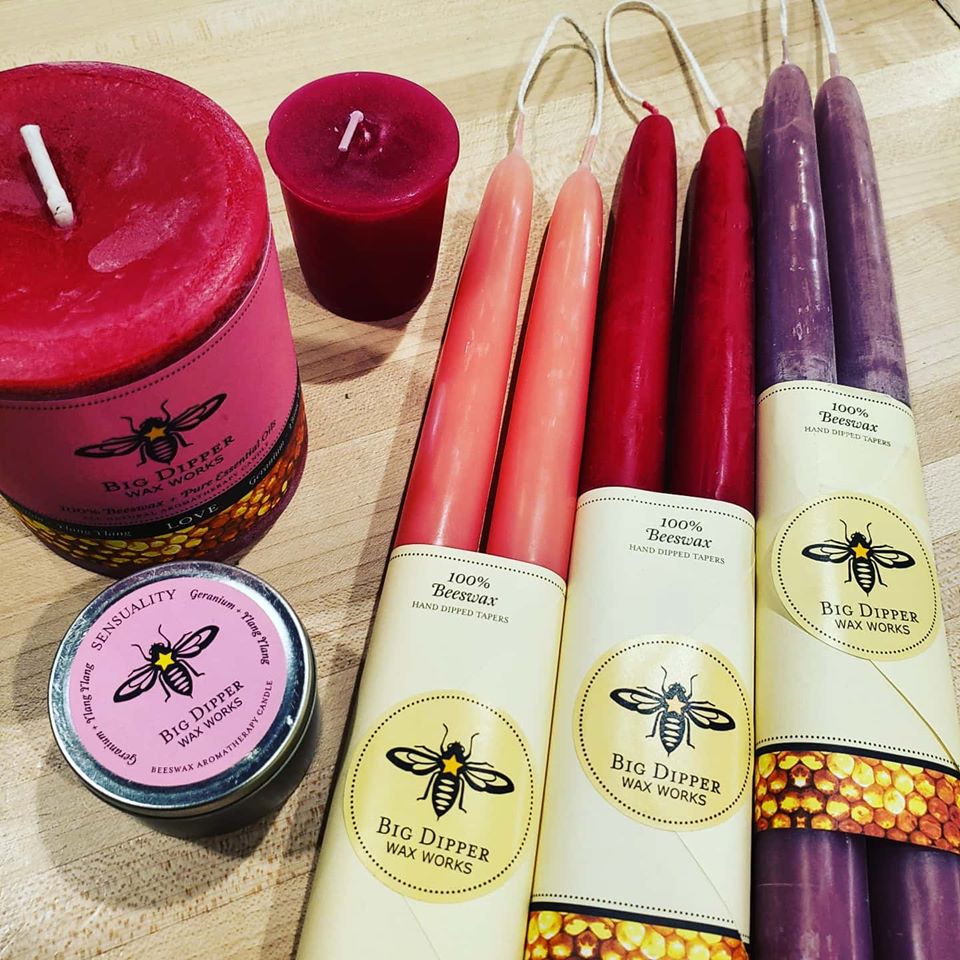


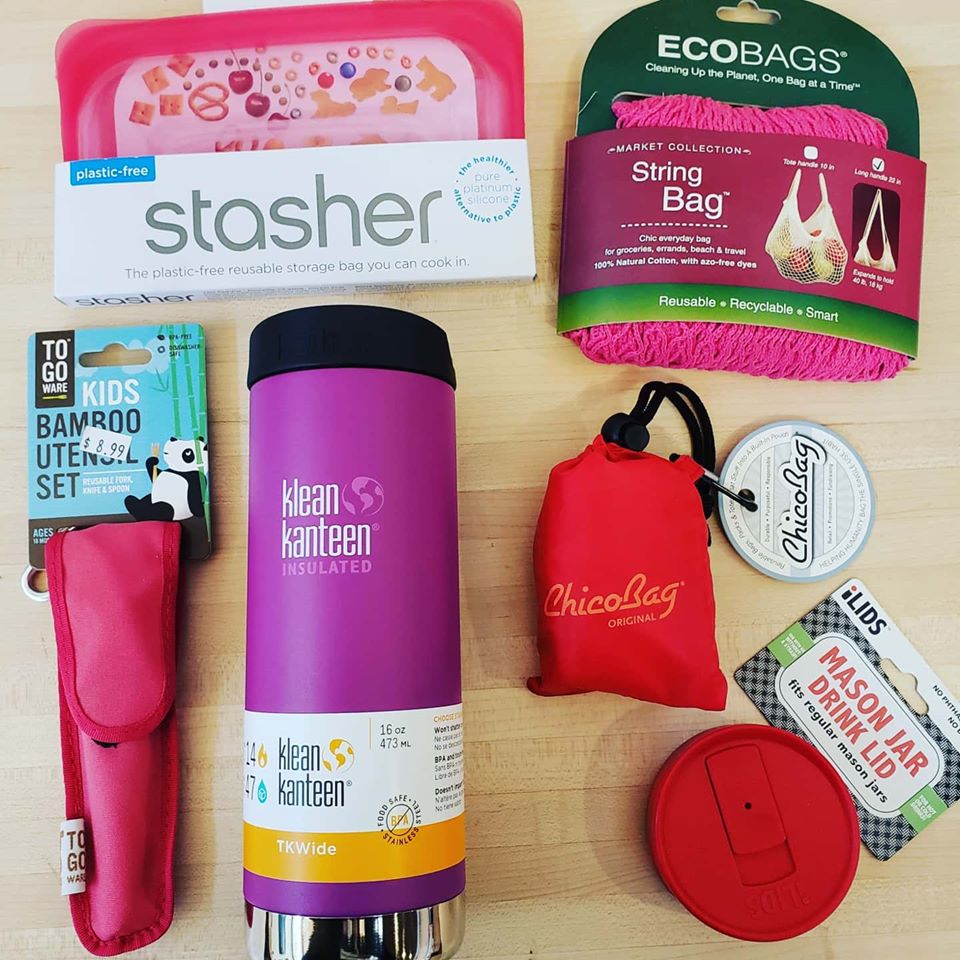

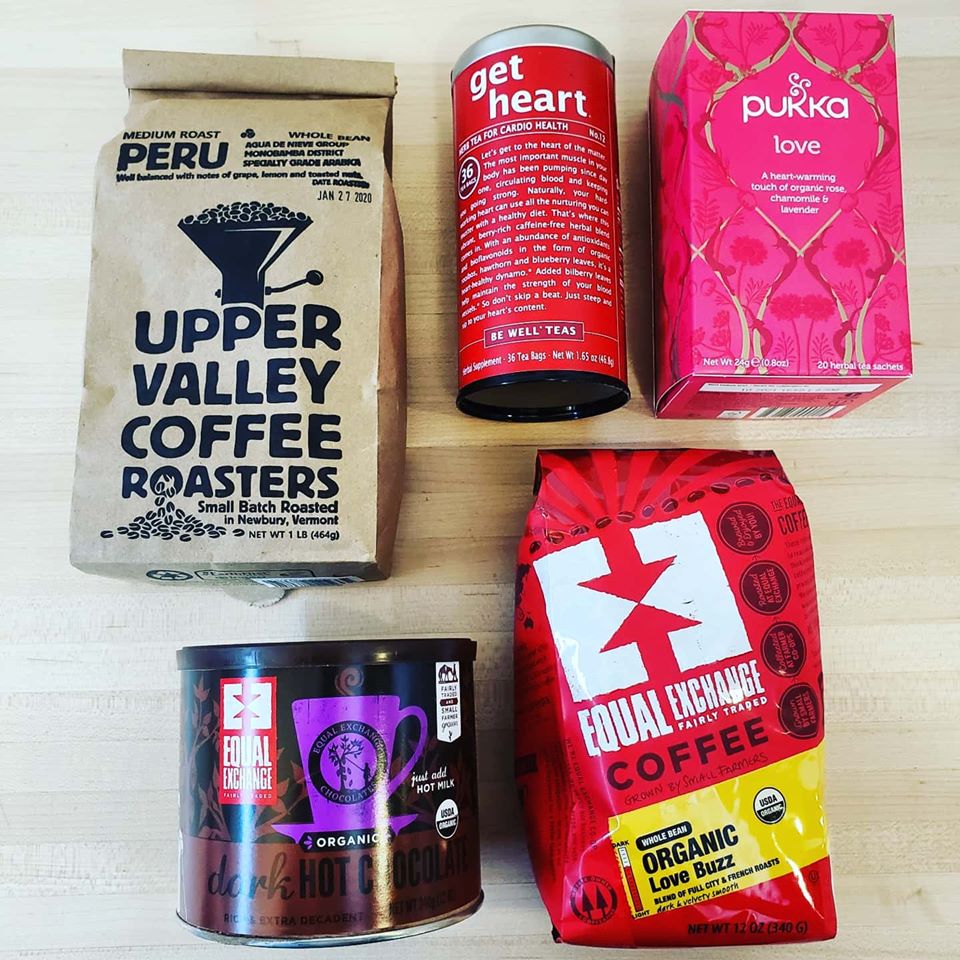
 More and more of our beers are showing up in the paperboard packaging, which means “NO PLASTIC RINGS!” Help support the companies that are transitioning away from plastics, like Stone Brewing. Here is a description of their latest Hazy IPA offering.
More and more of our beers are showing up in the paperboard packaging, which means “NO PLASTIC RINGS!” Help support the companies that are transitioning away from plastics, like Stone Brewing. Here is a description of their latest Hazy IPA offering.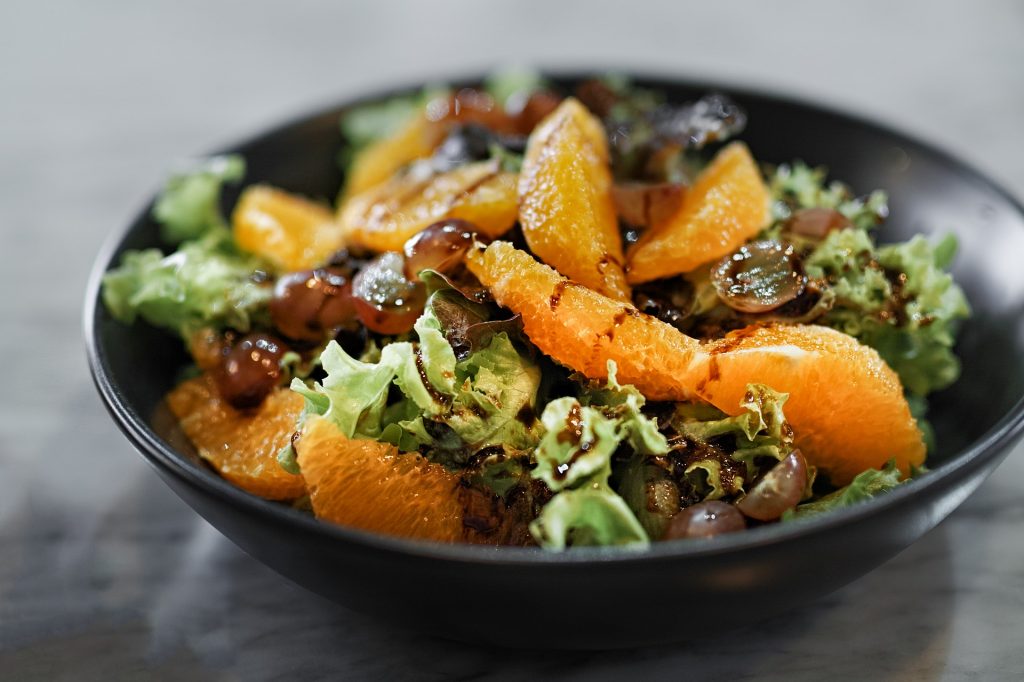
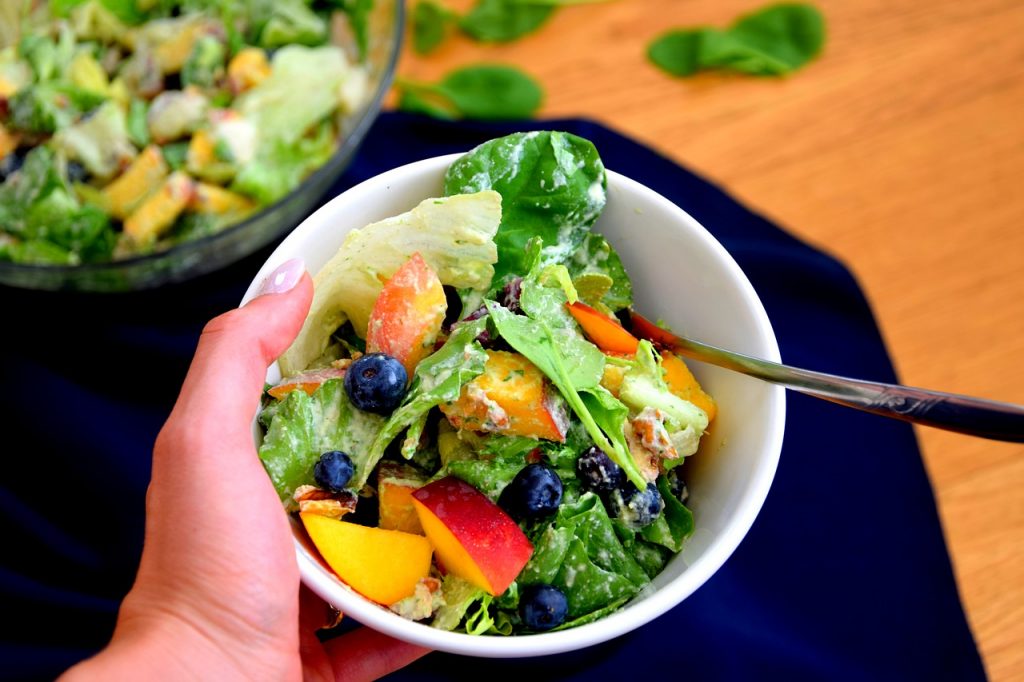
 Littleton Food Co-op is working with locally-owned Pearl Lake Distributors to bring Cooperatively-sourced Organic Italian wines to our shelves. Cantina di Montecarotto (shortened to Moncaro) was formed by some family farmers in 1964 to share resources and growing techniques. Eventually they opened what is now the original Moncaro winery in the 70’s, and have since expanded to 3 wineries.
Littleton Food Co-op is working with locally-owned Pearl Lake Distributors to bring Cooperatively-sourced Organic Italian wines to our shelves. Cantina di Montecarotto (shortened to Moncaro) was formed by some family farmers in 1964 to share resources and growing techniques. Eventually they opened what is now the original Moncaro winery in the 70’s, and have since expanded to 3 wineries.





